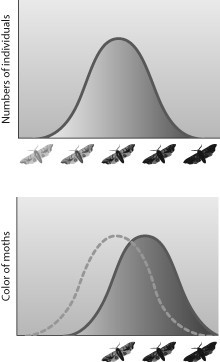The embryonic forebrain gives rise to all of the following structures in the adult brain except:a
the cerebellum.
b. the hypothalamus.
c. the cerebrum.
d. the telencephalon.
e. the thalamus
A
You might also like to view...
Which pattern of diploid and haploid phases reflects the life cycle in some fungi and algae, but not plants or animals?
a. alternation between haploid and diploid generations b. two haploid generations followed by a diploid generation c. one haploid generation followed by two diploid generations d. a life cycle that limits the diploid state to a single cell produced by fertilization e. a life cycle that limits the haploid state to a single cell which is immediately fertilized
Protothecosis is an infection of humans or animals that is caused by a chlorophyte (green algae).
Answer the following statement true (T) or false (F)
When a scientist examined museum specimens of a particular moth species, she noticed that the variation in color was distributed as shown in the first graph. She was surprised because her data from current collections indicated the distribution of colors
shown in the second graph. Which hypothesis about the cause of this shift in the range of genetic variation is the most likely to be supported by examination of the distribution of colors in a collection assembled at a time between that of the collection of the museum specimens and her current specimens?
A) Darker moths tend to lay more eggs than light moths.
B) Birds prefer to eat lighter moths rather than darker moths.
C) The bark of the tree on which moths landed became darker over time.
D) Darker moths were more likely to survive and have offspring over time.
__________ is the process by which a single-stranded RNA is synthesized using DNA as the template
a. transcription b. reverse transcription c. replication d. transformation e. None of the above